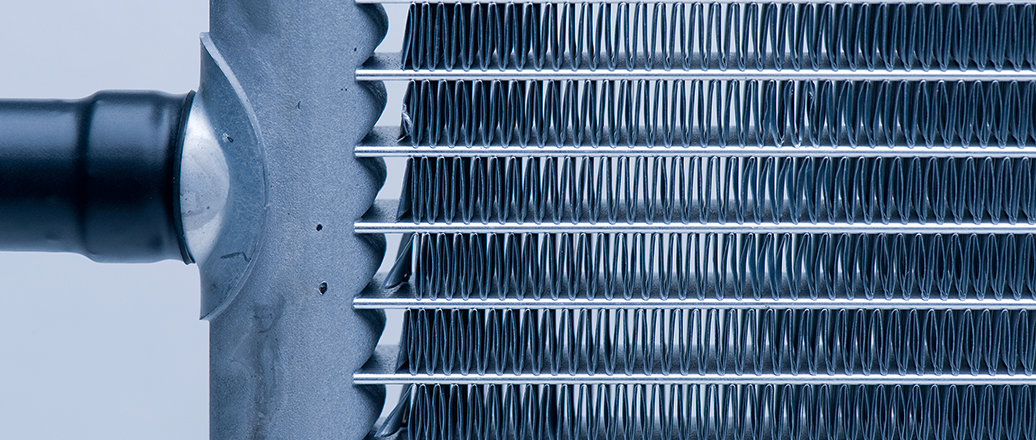Microchannel Coil Technology: Revolutionizing HVAC Efficiency

Microchannel coil technology represents a significant leap forward in HVAC heat exchanger design, offering remarkable improvements in thermal performance, compactness, and material efficiency. Drawing on decades of research and field experience, HVAC engineers have refined microchannel coils to achieve superior heat transfer across three critical zones. In this article, we’ll explore how these advancements translate into real‑world efficiency gains of 20–40% compared to conventional finned‑tube heat exchangers.
Optimized Air‑Side Heat Exchange
At the forefront of microchannel coil performance is the air‑side interface between the ambient air and the tightly spaced aluminum fins. Through precise fin geometry and spacing, micro‑ridges, and enhanced surface treatments, air flows smoothly across the fin pack, minimizing pressure drop while maximizing turbulence. This optimized exchange ensures that every cubic foot of air carries away more heat, reducing fan energy consumption and improving overall unit performance.
Maximized Thermal Conduction Between Fins and Flat Tubes
Traditional round tubes often suffer from point‑contact conduction losses where the tube meets the fin. Microchannel technology replaces these with thin, flat tubes brazed continuously along the fin surface. This broad, intimate contact dramatically lowers thermal resistance, allowing heat to flow more freely from fins into the refrigerant‑filled tubes. As a result, heat conduction through the fin‑tube interface is smoother and more efficient, particularly in low‑load or partial‑load conditions.
Improved Refrigerant‑Side Transfer Within Multi‑Port Tubes
Inside the flat tubes, microchannel coils employ multiple small refrigerant channels rather than a single large bore. These multi‑port passages create higher refrigerant velocities and frequent phase‑change interruptions, which amplify convective heat transfer coefficients. The refrigerant sees more surface area per unit volume, and the increased turbulence within each micro‑channel ensures rapid heat absorption or rejection, depending on whether the coil is in cooling or heating mode.
Dramatic System Efficiency Gains
By harmonizing enhancements in all three zones—air‑side, fin‑to‑tube conduction, and refrigerant‑side transfer—microchannel coils deliver a cohesive performance uplift. Field and laboratory studies consistently report overall system efficiency improvements of 20–40%, translating into lower operating costs, reduced greenhouse gas emissions, and more compact equipment footprints. In retrofit applications, upgrading to microchannel coils can often pay for itself within a few years through energy savings alone.
Conclusion
With its tripartite approach to heat transfer optimization, microchannel coil https://www.kaltra.com/microchannel-coils technology stands as a proven solution for next‑generation HVAC systems. Engineers and facility managers seeking to push the boundaries of efficiency, reliability, and sustainability will find that microchannel coils offer compelling advantages over legacy finned‑tube exchangers. As market adoption continues to grow, these coils are poised to become the new standard for high‑performance HVAC design.








